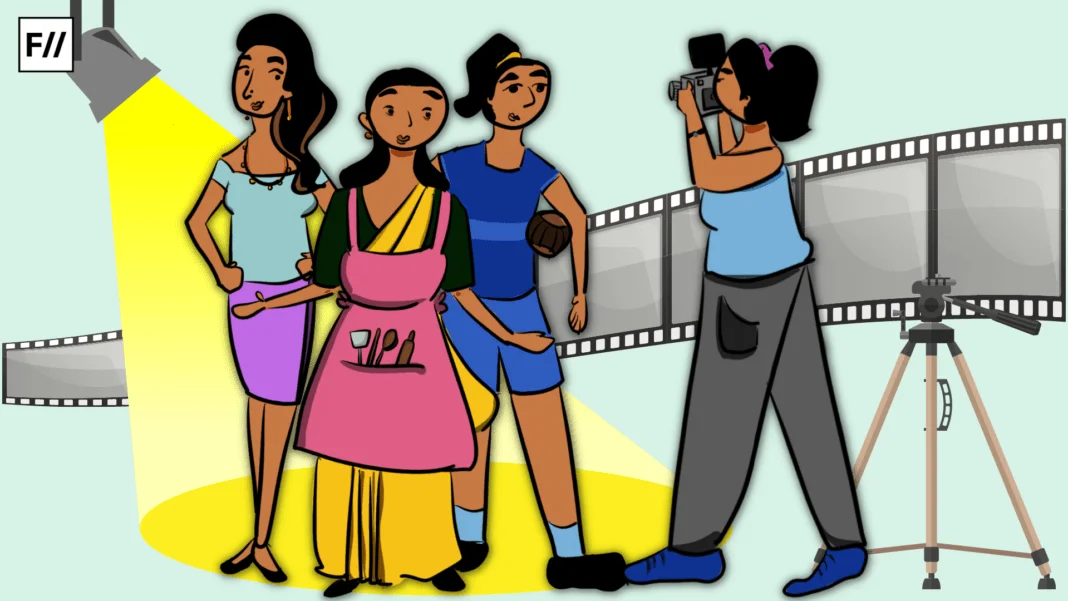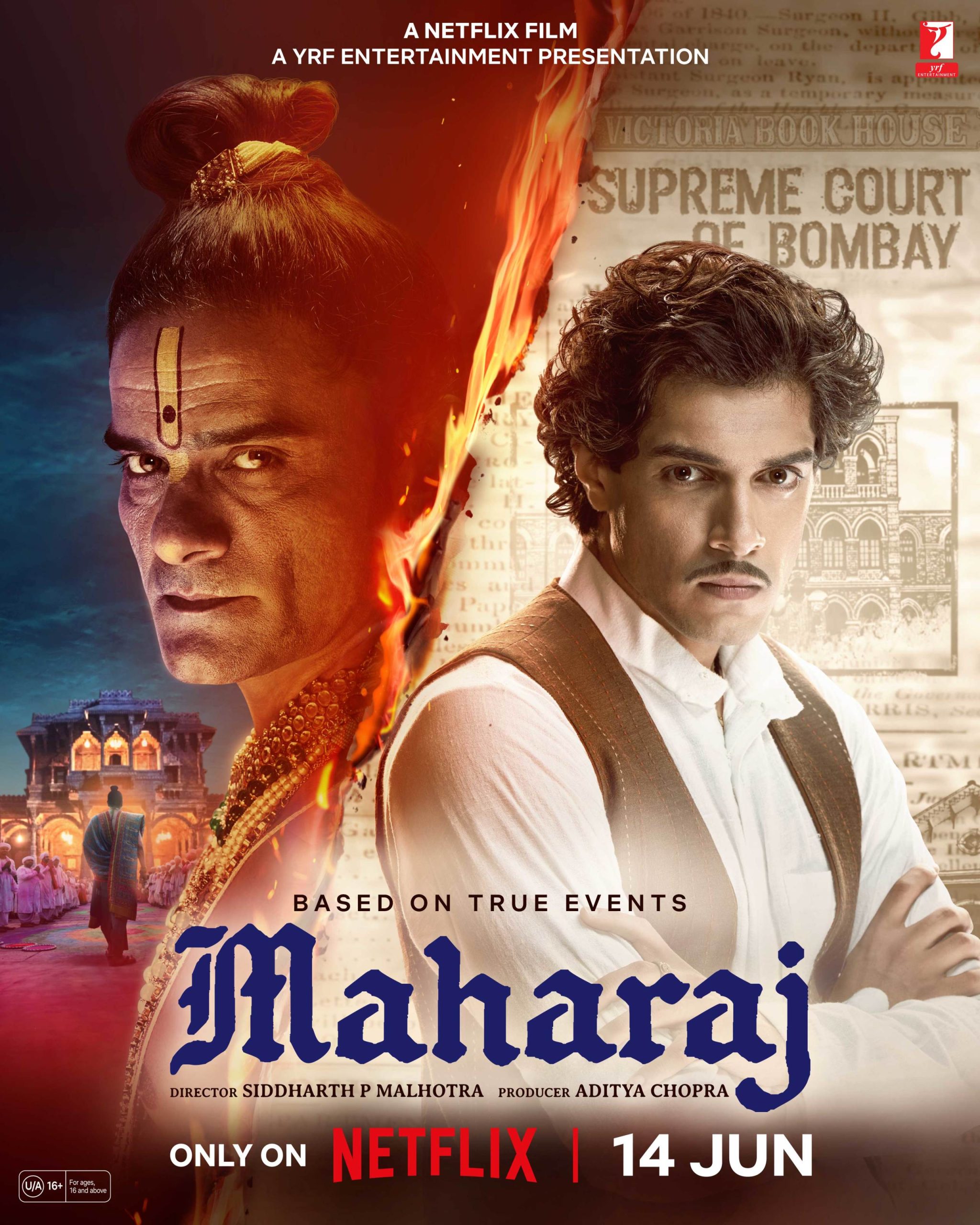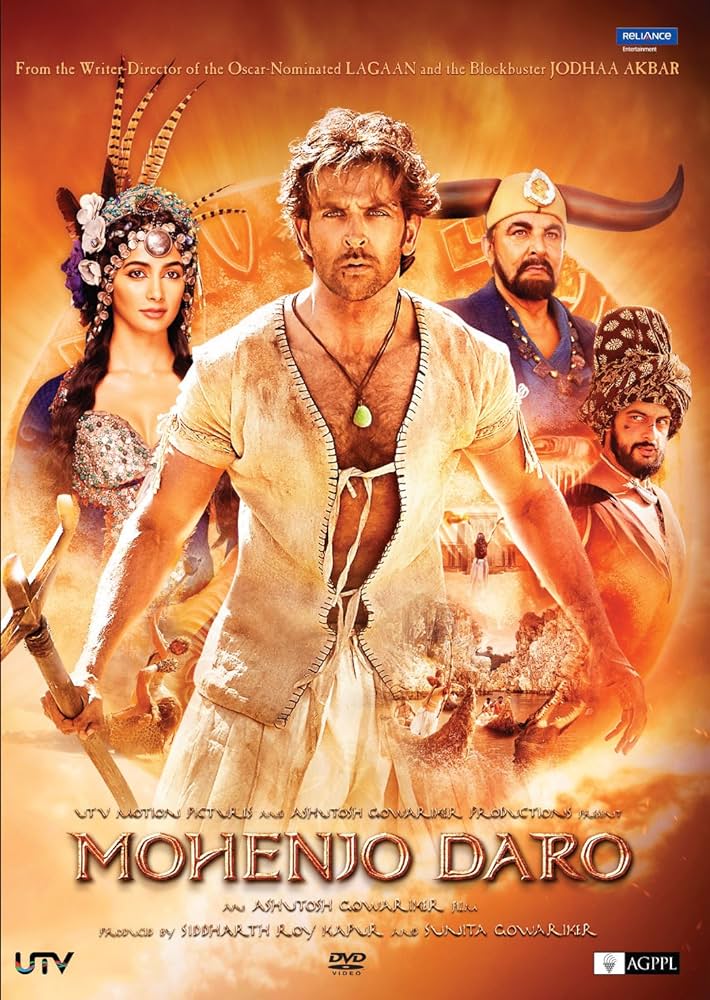In the past few years, the number of films inspired by historical events has gone up considerably, making one ponder upon the authenticity of these narratives and also at times, the intention of the maker. The last two films memorable films were Srikant (a biopic of Srikant Bolla) and Maharaj (a period drama based on the 1862 libel case).
Upon cross-checking the facts presented in the film, one can find glaring manipulations and incorrect facts presented in these films, which question the idea of the integrity of makers to manipulate facts in the name of creative liberty, even if the themes chosen are factual or historical. To start with, neither the 1862 libel case was a unanimous decision, nor was the case fought on the issue of sexual malpractises solely. Women witnesses were neither called nor did they testify in the court, and the personal life of Karsanji Mule shown in the film was entirely fictitious.
Historical films are an interesting way to engage with history; even though it is quite questionable as to what extent they do justice to history.
Historical films are an interesting way to engage with history; even though it is quite questionable as to what extent they do justice to history. Particularly from the perspective of Indian cinema, the relationship between cinema and history is quite contentious, with liberal use of creative freedom by the makers to make the film palpable to the larger audience. This need is quite understandable from the maker’s perspective, as no matter how interesting historical themes may appear, they are economically precarious subjects. Almost no historical film made in Hindi on Gandhi, Nehru, Bose, Bhagat Singh, etc has achieved commercial success and the most renowned historical films are costume dramas that have done a great disservice to history by glamorising history and wars with rarely found romanticism.
Thus, our historical films are not inclined to tell us the history, as much as they are inclined to sell us a story rooted in the past. Thus to understand the nature of historical films in India, we need to understand the economic cost of making a historical film, the political conditions that facilitate particular historical films, the gap between academic history and general historical discourse, and history as identity formation in India.
The colonial legacy of historical accuracy
This question of the historical accuracy of films has been raised since the time of the inception of Indian cinema. Baburao Patel, the luminary of Indian film journalism vehemently criticised Indian films for making a mockery of history. In 1939, there was a movement against the British films on the 1857 revolt like the Siege of Lucknow and Drums, as they present the revolt from the British perspective, acting as a propaganda film to rouse the nationalist sentiments of the British citizen.
However, the film was banned in India as it was feared that such films could disrupt the war efforts of the British government to mobilise support from Indians in the wake of the Second World War. Since then, political concerns has never ceased to impact the production and reception of historical films in India.
Political regimes dictate the history
The general conditions of historical films in India suffer from the same limitation. Most of our historical films are made to suit the current regime. In the past decade, about a dozen films have been made on Shivaji and his officials in Marathi achieving huge success, as the time is ripe for nationalist cinema. Who will be at the center of such historical films is something that is determined by the current regime.
Recent films in India have based their animosity squarely on Pakistan keeping in mind the current political climate.
Haqeeqat was made at a time when the Indo-China war had rattled the emotions of Indians. But a similar film made in the 1970s by Jagan Sharma on the Indo-China War titled Bhool Na Jaana was banned by the foreign ministry of India as by this time Indo-China relations were normal and India couldn’t afford to offend China through such films. Recent films in India have based their animosity squarely on Pakistan keeping in mind the current political climate.
The question of accessibility of history in India
The point is that historical films in India deal with emotions more than facts, and they have set the bar of history so low that first, they need to subsume their emotional overtones to get a sense of non-partisan approach to history. But here, there is a major flaw in academic history writing as well, and that is, their non-adherence to the people in general. In the pretense of academic virtue, many of our historical works are so inaccessible and unreadable that even if the general audience wants to engage with them, they are not able to.

How can cinema take itself to the standards of academia until and unless academia doesn’t make itself visible to the larger audience for the makers to take inspiration from? Secondly, there are hardly any filmmakers who are from a historical or academic background in cinema. One could think of Dr. Chandraprakash Dwivedi, who made a show like Chanakya in 1990 or Pinjar in 2002, but had to resort to commercial tomfoolery in Samrat Prithviraj because real history doesn’t seem appetising enough.
We have Shyam Benegal who made The Discovery of India, Gandhi to Mahatma, and Bose: The Forgotten History which is closer to history, but such films are often bracketed in parallel or art house cinema, which is engaged by a select niche audience. So in confirming the academic standards of rigorousness in filmmaking, would we also cater our cinema to a select few audiences who can grasp the complexity of history?
History is a tool for identity politics in India
Another problem with situating history according to academic standards is the question of identity politics. For most people, history is linked to identity, community, and culture. They don’t see historical films to know about history, but rather to validate “their version of history”. This confirmation bias is a big obstacle in the path of rigorousness in history. People have a particular perception about history and they want just that to be visualised on the screen.
There was a huge uproar about the representation of Queen Padmavati and Alauddin Khilji a few years ago during the release of Padmavat, a film that is low on history anyways, and this attempt to pander to popular sentiments is quite visible nowadays. The Kashmir Files, while being an attempt to show the realities of Kashmir, is not an unbiased film, with a clear agenda of presenting particular communities as well as institutions in a bad light.
The Kashmir Files, while being an attempt to show the realities of Kashmir, is not an unbiased film, with a clear agenda of presenting particular communities as well as institutions in a bad light.
Even now, we are seeing a slate of releases, which even though based on history, present the facts in a polemical way, which reinforces the existing biases of society, and gives them the necessary facts to cling to their perceptions and even act upon it. So academic rigorousness can go haywire if their rigorousness caters to another set of extremes than what the group of historians expects them to be.
Our filmmakers lack the acumen to engage with history
At a time when academic history is itself being questioned for virtue signaling and maintaining a facade of neutrality (and are being blamed for appeasement) it will be even more difficult for films to continue to cater to that standard. Academia itself is shaky in its grounds as people are choosing to go with the direction of the wind, negating their personal belief in the altar of professional growth, it will be even more difficult for historical films to conform to academic standards.
If anything, we can see an academic effort to write history that can suit the versions of the history of the ruling regime, which can then be easily adapted into films. The power of the filmmakers to conform to academic standards also depends upon the acumen of the makers. A film like Ramsetu shows archaeology in such a stupid manner, which reflects that, the maker doesn’t have an understanding of the subject he is dealing with. Such halfhearted efforts will only reduce the conviction of the film. A filmmaker like Ashutosh Gowatikar claimed to have read hundreds of books on Harappa while making Mohenjodaro, but the film was as far from history as possible.
The acumen of the historian to engage with history and conviction to present it truthfully and fruitfully is missing in most of the makers today, and that reflects the poor state of historical films in India. And audience doesn’t care if Bhaag Milkha Bhaag shows Milkha Singh in the 1950’s singing a song that was released in 1962, they don’t care to verify the historical mistakes in the film Mary Kom, because they are enamored by the glamorised representation of their heroes and don’t care to know the historical facts. In such a situation, it will be a futile attempt to enforce a rigid projection of history, if the makers are not capable of doing it and the audience doesn’t care about it.
In conclusion, the need for a historical facts check should be an essential need of the film, but in the current scenario, history in a historical film is a virtue. In a country where a film vehemently puts wrong statistics to blame a community and doesn’t oblige to remove it even after the claims are found unverified, historical accuracy needs a sharp eye of the experts and historians to spot the irregularities in the representation of history and a commitment from the makers to conform to the basic facts of history without distortion. But this is all a pursuit yet to be realised. And academic standards are an aim too high for the present crop of filmmakers.
References-
- https://www.news18.com/web-stories/entertainment/10-bollywood-films-that-are-factually-incorrect-740329/
- https://scroll.in/reel/889189/its-a-fact-a-well-made-historical-film-is-better-than-one-that-gets-a-few-things-wrong
- https://thewire.in/culture/beyond-the-film-maharaj-uncovering-the-legacy-of-karsandas-mulji-and-the-libel-case
- https://theprint.in/opinion/karsandas-mulji-was-a-leader-among-reformists-maharaj-made-him-a-revenge-driven-hero/2153736/
- https://www.bhaskar.com/local/rajasthan/jaipur/news/the-slogan-was-stopped-by-jaipur-producer-jagans-film-bhool-na-jaana-this-movie-was-on-the-1962-war-and-the-brutality-of-chinese-soldiers-127421851.html
- https://eitherview.com/decoding-the-kashmir-files-debate/
- https://dn790006.ca.archive.org/0/items/filmindia193905unse/filmindia193905unse.pdf (page number 25)
- https://www.harappa.com/blog/mohenjo-daro-movies-perceptions-past#:~:text=Particular%20emphasis%20was%20placed%20on,is%20of%20South%20Indian%20heritage.






